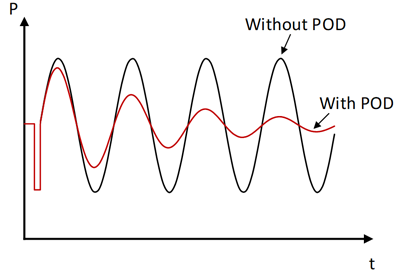Lineup
FACTS - Applications
Applications
With the closing of existing thermal plants and rapid increase in renewable generation sources there is an increasing need for dynamic, controllable reactive power. Mitsubishi Electric’s FACTS product line-up has a proven track-record of providing highly reliable solutions.
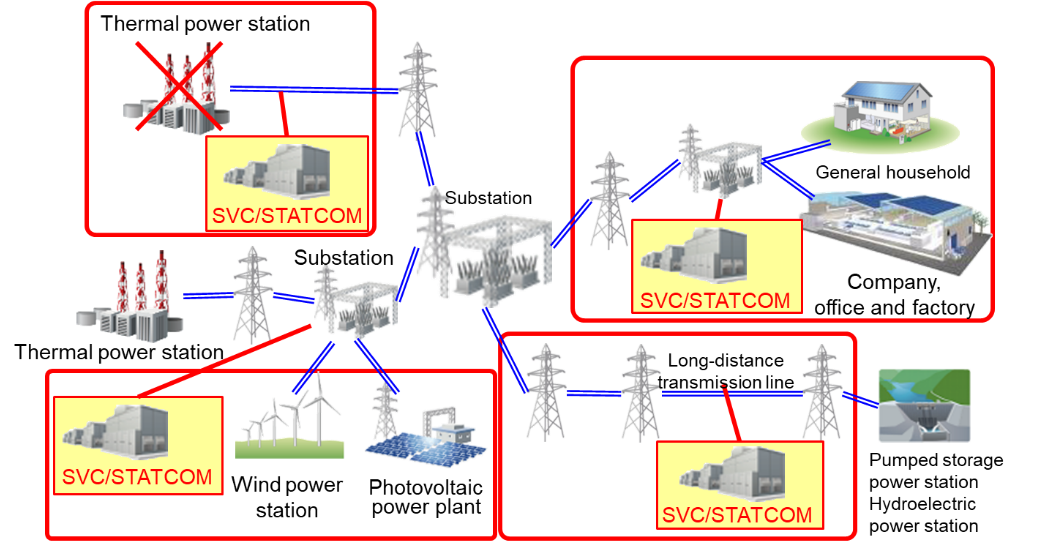
Reactive Compensation Basics
Reactive Compensation Basics
-
Regulation of voltage throughout the power system is critical to ensuring reliable and stable operation, as well as maximizing equipment life. The exchange of reactive power within the system is crucial for this role. Traditional means of voltage regulation, such as mechanically switched capacitor banks and reactors, are being surpassed by FACTS device conditions which have the capability to rapidly and dynamically respond the present system conditions.
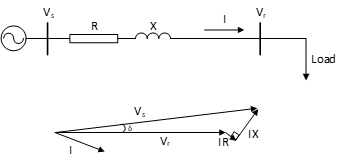
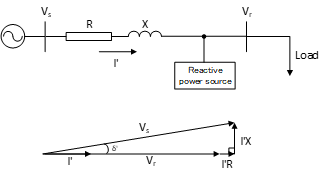
Typical Applications
Power Transfer Improvement
-
Reactive power regulation along a transmission line increases the flexibility and potential utilization of the asset. Compensating for the transmission line reactive power can increase power throughput

Voltage Stability Improvement
The voltage at the end of a transmission line decreases as the power transfer through that line increases. If the voltage decreases below the stability limit, there will be a rapid decrease in voltage and power. FACTS devices maintain a voltage set point by either injecting or absorbing reactive power. So even with the varying loads seen in the modern power system, FACTS devices are able to provide voltage stability through quickly changing the reactive power output.
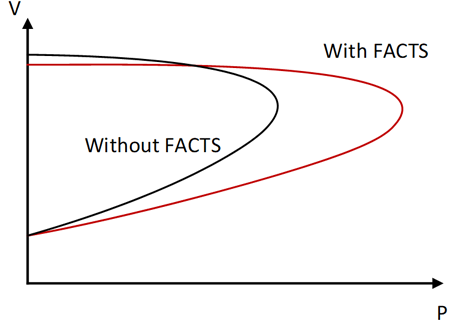
Special Functions and Customised Controls
Mitsubishi Electric has a wealth of experience in creating custom solutions for specific customer requirements. Through our experience in power system simulation, we are readily able to readily identify potential constraints and challenges within the network, and verify suitable, cost-effective solutions. Customised control functions are designed, tuned and analysed through off-line industry-standard Electro-Magnetic (EMT)-type software platforms, such as PSCAD® and EMTP-RV®. Final product designs are then verified using a real-time, hardware-in the-loop environment, replicating real-life operation conditions.
Active filtering
-
STATCOM systems utilise voltage source converters (VSC), which are self-commutating. This gives them a degree of freedom not possible with line-commutated systems (such as SVC). By superimposing additional harmonic voltages on top of the fundamental frequency component, the converter is able to regulate current flow over a range of frequencies.
When operational, the active filtering function can reduce pre-existing harmonics on the transmission system at the point of common coupling.
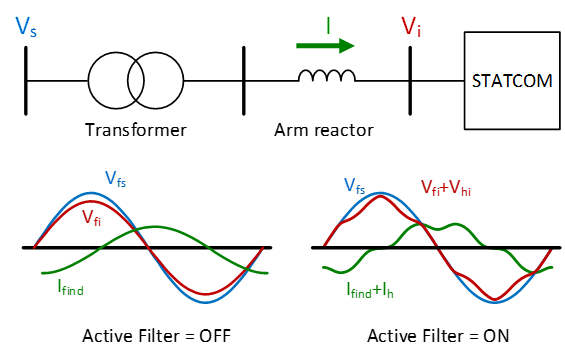
Power Osculation Damping
Power Oscillation Damping (POD) control can be used to improve damping in the transmission system by modulation of the reactive power output of the FACTS system.
